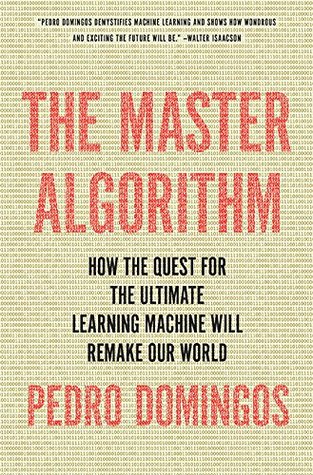More on this book
Community
Kindle Notes & Highlights
Read between
April 26 - June 7, 2020
Believe it or not, every algorithm, no matter how complex, can be reduced to just these three operations: AND, OR, and NOT.
Scientists make theories, and engineers make devices. Computer scientists make algorithms, which are both theories and devices.
A programmer—someone who creates algorithms and codes them up—is a minor god, creating universes at will.
Algorithms form a new kind of ecosystem—ever growing, comparable in richness only to life itself.
Machine learning takes many different forms and goes by many different names: pattern recognition, statistical modeling, data mining, knowledge discovery, predictive analytics, data science, adaptive systems, self-organizing systems, and more.
Machine learning is a cool new technology, but that’s not why businesses embrace it. They embrace it because they have no choice.
Even more astonishing than the breadth of applications of machine learning is that it’s the same algorithms doing all of these different things.
Machine learning is what you get when the unreasonable effectiveness of mathematics meets the unreasonable effectiveness of data.
machine learning has a delightful history of simple algorithms unexpectedly beating very fancy ones.
Since both kinds are still with us, it’s probably safe to say that neither approach was better.
It’s even been said that data mining means “torturing the data until it confesses.”
Overfitting happens when you have too many hypotheses and not enough data to tell them apart.
Bottom line: learning is a race between the amount of data you have and the number of hypotheses you consider.
Most famously, integrating the derivative of a function only recovers the function up to a constant. The derivative of a function tells us how much that function goes up or down at each point. Adding up all those changes gives us the function back, except we don’t know where it started;
For these, the symbolist algorithm of choice is decision tree induction.
Neural networks are not compositional, and compositionality is a big part of human cognition.
It’s not man versus machine; it’s man with machine versus man without.
The real story of automation is not what it replaces but what it enables.


